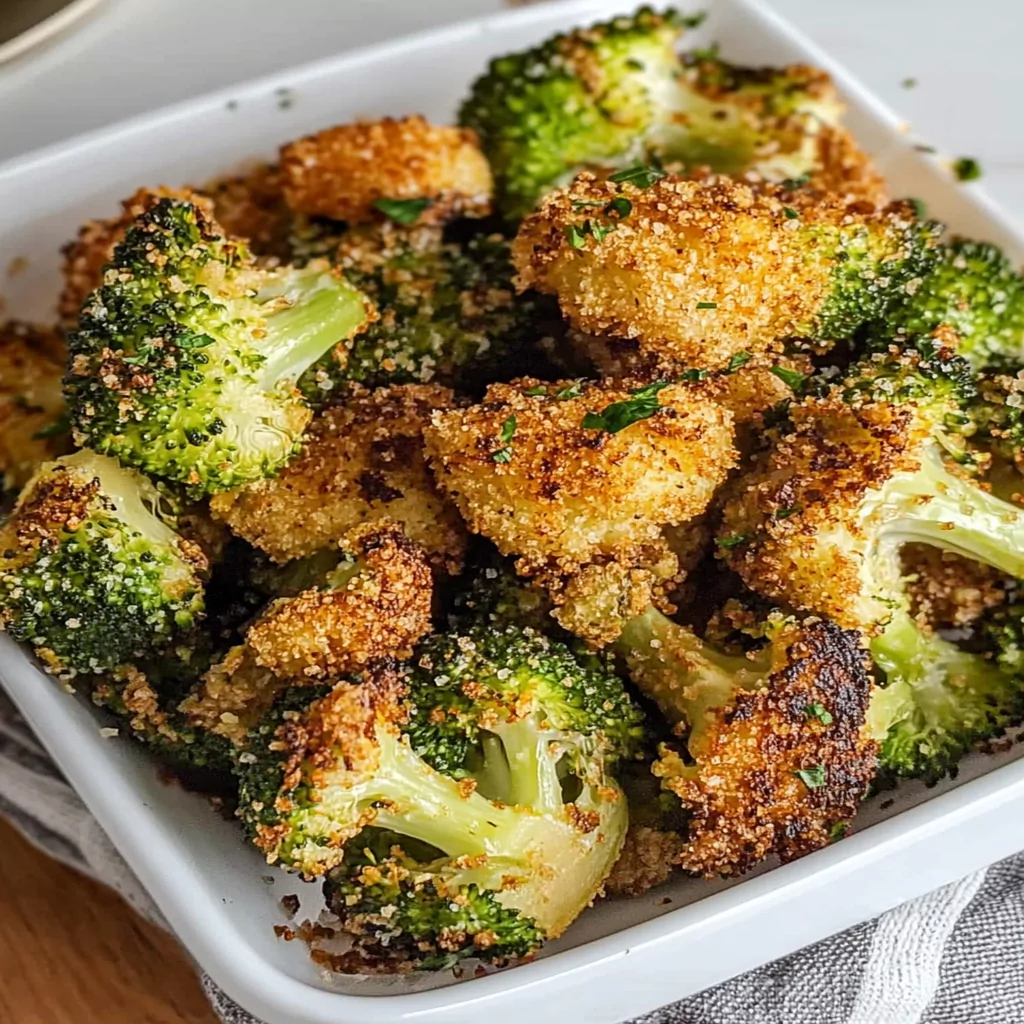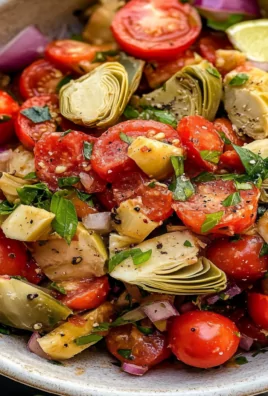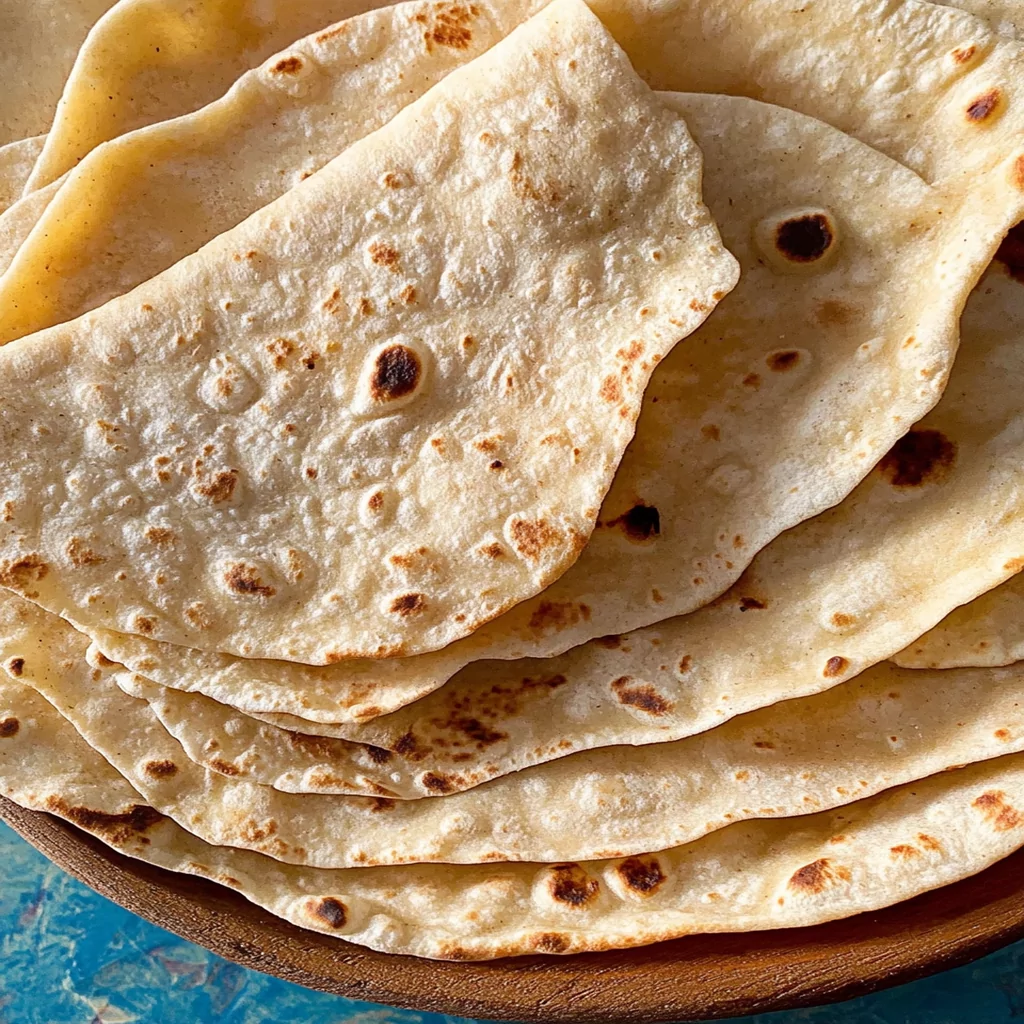Frittatas are the ultimate versatile dish that can brighten up any meal of the day. This classic Italian egg-based dish is not just limited to breakfast; it can also serve as a delightful lunch or dinner option. With its fluffy texture and endless customization possibilities, the frittata has become a beloved staple in kitchens worldwide. Whether you’re looking to whip up something quick on a busy morning or impress guests at brunch, this easy-to-follow recipe will guide you through making a delicious frittata.
What makes frittatas so appealing is their adaptability. You can use whatever vegetables, meats, and cheeses you have on hand. From spinach and mushrooms to bacon and cheese, the combinations are limitless! In this article, we will cover everything from the main ingredients needed to prepare your frittata to detailed instructions that ensure your dish turns out perfectly every time. By following these steps closely, you’ll soon master this delightful dish that everyone will love.
So grab your frying pan and let’s dive into the world of frittatas! You’re just a few steps away from creating a savory masterpiece that showcases fresh ingredients and tantalizing flavors. Perfect for hosting gatherings or simply enjoying a hearty meal at home, this frittata recipe will surely become one of your favorites.
Main Ingredients
Eggs (8 large)
Eggs are the star of any good frittata. They provide structure and protein while forming the base of this dish. For an average-sized frittata that serves four to six people, you’ll need about eight large eggs. Choose fresh eggs for the best flavor and texture; organic or free-range eggs often yield richer taste profiles. You can also add cream or milk to make the eggs even fluffier if desired.
Vegetables (2 cups assorted)
Vegetables add color, nutrition, and flavor to your frittata. Common options include bell peppers, onions, spinach, zucchini, and mushrooms. Aim for about two cups of chopped vegetables in total; feel free to mix them according to personal preference or seasonal availability. Sautéing these vegetables beforehand enhances their flavors while ensuring they release excess moisture before baking.
Cheese (1 cup shredded)
Cheese elevates the richness of your frittata and provides an added layer of flavor. Popular choices include feta cheese for a tangy bite or cheddar cheese for a familiar taste. About one cup of shredded cheese should do the trick—feel free to experiment with different varieties or even combine several types for an exciting twist!
Cooked Meat (optional) (1 cup diced)
Adding cooked meat such as bacon, ham, sausage, or chicken can bring additional heartiness to your frittata. If using meat as an ingredient option in your recipe plan on roughly one cup diced into small pieces; this ensures even distribution throughout the dish without overwhelming it.
Herbs & Seasonings (to taste)
Fresh herbs like parsley or basil can enhance your frittata’s flavor profile significantly! Experiment with various spices—salt and pepper are essential basics—but feel free to incorporate garlic powder or chili flakes based on preference too!
How to Prepare Frittata
Step 1: Preheat Your Oven
Begin by preheating your oven to 350°F (175°C). Preheating is crucial because it ensures that your frittata cooks evenly from start to finish. It allows the eggs to set properly without becoming rubbery while giving you that lovely golden crust on top when finished baking.
Step 2: Prepare Your Vegetables
While waiting for the oven temperature to rise, it’s time to prepare your vegetables! Start by washing all fresh produce thoroughly under cold water. Next chop them into bite-sized pieces; uniformity in size helps achieve even cooking throughout the dish. Heat a tablespoon of olive oil in an oven-safe skillet over medium heat—add your chopped vegetables once hot enough—and sauté gently until softened (about five minutes). This process not only brings out their natural sweetness but also eliminates excess moisture so they don’t make the final product watery.
Step 3: Whisk Eggs with Seasoning
In a mixing bowl large enough for all ingredients combined later on whisk together eight large eggs until well blended—make sure there aren’t any streaks left behind! Then season generously with salt and pepper according to personal taste preferences; adding herbs at this stage gives even more depth of flavor too!
Step 4: Combine Ingredients in Skillet
Once veggies have cooled slightly after sautéing pour in whisked egg mixture followed by shredded cheese—and if desired—add cooked meat too! Gently stir everything together using a spatula ensuring even distribution across skillet without breaking down any larger chunks too much!
Step 5: Bake Until Set
Transfer everything into preheated oven carefully—this step may require oven mitts due hot metal! Bake for approximately twenty-five minutes until edges turn golden brown while center remains slightly jiggly—it will continue cooking after being pulled out from heat source due residual warmth present within pan itself!

Serving and Storing Tips
Serving Suggestions
When serving your freshly baked frittata allow it cool slightly before cutting into wedges—this makes portioning easier while maintaining presentation aesthetics! Serve warm alongside crusty bread slices topped with butter or enjoy alongside fresh salad greens dressed lightly in vinaigrette dressing providing refreshing contrast against rich egg-y goodness! Pairing options include fruit preserves spread atop pieces adding sweetness balancing savory flavors beautifully!
Storing Leftovers
If you find yourself with leftovers after enjoying this scrumptious meal don’t fret—the frittata stores wonderfully! Allow it cool completely then wrap tightly using plastic wrap or transfer into airtight container refrigerating promptly within two hours post-cooking time frame ensuring food safety standards adhered upon enjoying later dates! Reheating individual portions using microwave works best but consider baking cut pieces again briefly allowing crispiness restored outside texture-wise without compromising interior fluffiness either way!
Enjoy experimenting with different variations like adding seasonal veggies throughout year keeping things interesting week after week—fritattas never disappoint when craving hearty nutritious meals served easily anytime desired moment arises needing culinary comfort food readily available right at fingertips!
Mistakes to avoid
One common mistake when making a frittata is not using enough eggs. A frittata relies on the right egg-to-filling ratio for a fluffy texture. Using too few eggs can lead to a dense and unappetizing meal. Aim for about six to eight eggs for a standard frittata, ensuring that you have enough liquid to bind all the ingredients together. Additionally, overcooking the frittata is another pitfall. Keep an eye on it while cooking, as overcooked eggs can become rubbery and dry. It’s best to remove the frittata from heat just before it’s fully set, allowing residual heat to finish the cooking process.
Another mistake is failing to pre-cook your vegetables. Adding raw vegetables can result in uneven cooking and excess moisture that may make your frittata soggy. Sautéing vegetables beforehand brings out their flavors and ensures they are tender when combined with the eggs. Moreover, neglecting seasoning can lead to bland results. Eggs need seasoning just as much as any other ingredient, so use salt and pepper generously during preparation.
Lastly, forgetting about presentation can detract from your dish’s appeal. A well-made frittata should look inviting. Consider garnishing with fresh herbs or cheese to enhance both flavor and appearance. Remember that we eat with our eyes first; a beautiful presentation can elevate the dining experience significantly.
Tips and tricks
To create the perfect frittata, start by choosing high-quality ingredients. Fresh eggs will provide better flavor and texture than those nearing their expiration date. Select seasonal vegetables for optimal taste, color, and nutrition – think spinach, bell peppers, or zucchini. You can also mix in meats or cheeses that complement your chosen veggies for added richness.
Another essential tip is to whisk your eggs thoroughly before mixing them with other ingredients. Incorporating air into your egg mixture results in a fluffier final product. Spend a few extra minutes whisking to create a light texture that makes every bite enjoyable. When it comes to cooking, consider using an oven-safe skillet. This allows you to start cooking on the stovetop and then finish under the broiler for an even cook without worrying about flipping.
Pay attention to cooking times as well; most frittatas take about 20-30 minutes in total depending on thickness and ingredients used. Keep checking until it sets but remains slightly jiggly in the center for best results. Lastly, let your frittata rest for a few minutes after removing it from heat before slicing into servings; this helps it firm up further and makes cutting easier.

Suggestions for Frittata
When considering what fillings to include in your frittata, think about balance and variety of flavors. A combination of proteins like cooked bacon or sausage paired with vegetables creates both richness and nutrition in each bite. Experimenting with cheeses also adds depth; options like feta or goat cheese provide tanginess while cheddar offers sharpness.
Don’t shy away from herbs either! Fresh herbs like basil or chives can brighten up the dish significantly. Add them just before serving; this retains their vibrant flavor rather than losing it through prolonged cooking times.
For those who prefer plant-based options, consider using tofu as an egg substitute for a vegan-friendly take on this traditional dish. Silken tofu blended with nutritional yeast creates an excellent base while keeping everything cohesive without compromising texture.
If you want a portable meal option, consider making mini fritattas in muffin tins! They are easy-to-eat finger food perfect for breakfast-on-the-go or snacks throughout the day.
Lastly, serve your frittata warm or at room temperature alongside a fresh salad drizzled with vinaigrette for contrast – this pairing enhances not only taste but overall satisfaction!
FAQs
What is a Frittata?
A frittata is an Italian dish similar to an omelet but thicker and often includes various fillings such as meats, vegetables, and cheeses mixed into beaten eggs before cooking. Unlike omelets that are folded over fillings, frittatas are typically cooked slowly until set entirely throughout without folding.
How do I store leftover Frittata?
Storing leftover frittata properly ensures food safety while retaining its flavor and texture longer than expected! Let the leftover pieces cool completely before placing them in an airtight container lined with parchment paper between layers if stacking multiple pieces together; this helps prevent sticking! Refrigerate within two hours after preparing—consume leftovers within three days maximum for optimal taste!
Can I freeze Frittata?
Yes! Freezing is possible if done correctly—cut cooled portions into individual servings before wrapping tightly in plastic wrap followed by aluminum foil or putting them inside freezer bags labeled with dates! This method allows you easy access whenever needed without compromising quality upon reheating later!
Can I add dairy-free alternatives?
Absolutely! For those avoiding dairy products due allergies or dietary restrictions—substituting regular milk/cream with nut milk (like almond) provides creaminess while remaining vegan-friendly too! Nutritional yeast sprinkled on top offers cheesy flavors without actual cheese!
What’s the ideal size of my Frittata?
The ideal size largely depends on how many servings needed but typically ranges between 9-12 inches wide—this provides ample room ensuring even distribution among ingredients while allowing sufficient space during cooking process preventing overcrowding leading uneven results!
Can I make Frittata ahead of time?
Certainly! Preparing ahead saves time during busy mornings—make the night prior then simply reheat slices when ready serve—fritattas hold up beautifully overnight ensuring deliciousness remains intact!
Conclusion
Creating a delicious frittata involves avoiding common mistakes while implementing helpful tips to enhance flavor profiles consistently throughout every bite enjoyed by all diners involved! Remember key elements include selecting high-quality fresh produce filled each layer meticulously arranged within beaten eggs creating harmony amongst tastes experienced collectively shared moments around table settings shared amongst family friends alike celebrating simple pleasures found within good food shared together! With proper storage techniques applied afterwards enjoying leftovers extends enjoyment beyond initial preparation allowing delightful discoveries continued exploration culinary adventures await future meals crafted lovingly home kitchens everywhere!
Print
Frittata Recipe for Everyone
- Prep Time: 10 minutes
- Cook Time: 30 minutes
- Total Time: 40 minutes
- Yield: Serves 4-6
Description
Frittatas are a delightful Italian egg dish that can elevate any meal from breakfast to dinner. This easy-to-follow frittata recipe is not only delicious but incredibly versatile, allowing you to use whatever fresh ingredients you have on hand. With a fluffy texture and an abundance of flavors, this dish is destined to become a favorite in your culinary repertoire. Whether you’re hosting a brunch or simply indulging in a cozy family meal, frittatas can be customized with vegetables, meats, and cheeses to suit every palate. Get ready to impress your loved ones with this satisfying and nutritious dish!
Ingredients
- – 8 large eggs
- – 2 cups assorted vegetables (e.g., bell peppers, onions, spinach)
- – 1 cup shredded cheese (e.g., feta, cheddar)
- – 1 cup cooked meat (optional; e.g., bacon or sausage)
- – Fresh herbs and seasonings (to taste)
Instructions
1. Preheat your oven to 350°F (175°C).
2. Sauté your chopped vegetables in an oven-safe skillet with olive oil until softened.
3. In a bowl, whisk together the eggs with salt and pepper.
4. Combine the sautéed vegetables, whisked eggs, cheese, and optional meat in the skillet.
5. Bake for about 25 minutes until golden brown and slightly jiggly in the center.
Notes
– Experiment with seasonal vegetables for varied flavors.
– For individual servings, consider using muffin tins to create mini frittatas.
Nutrition
- Calories: 250
- Fat: 16g
- Carbohydrates: 12g
- Protein: 18g





Leave a Comment